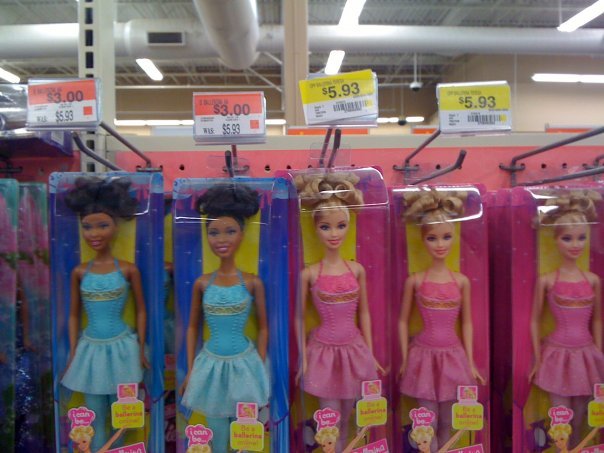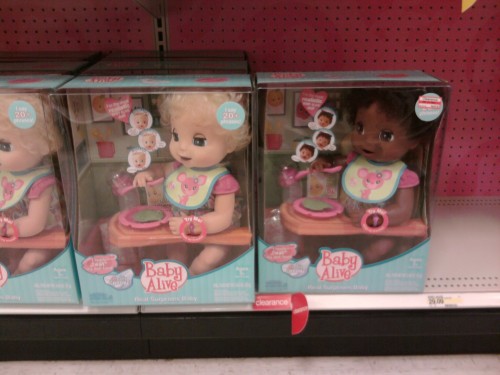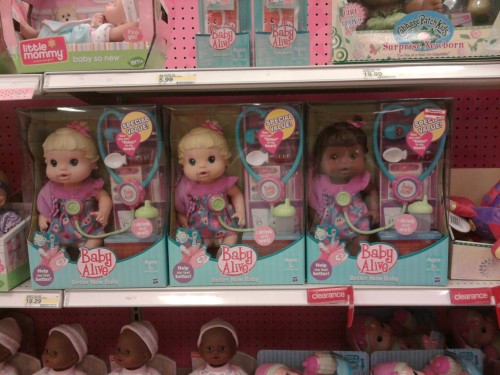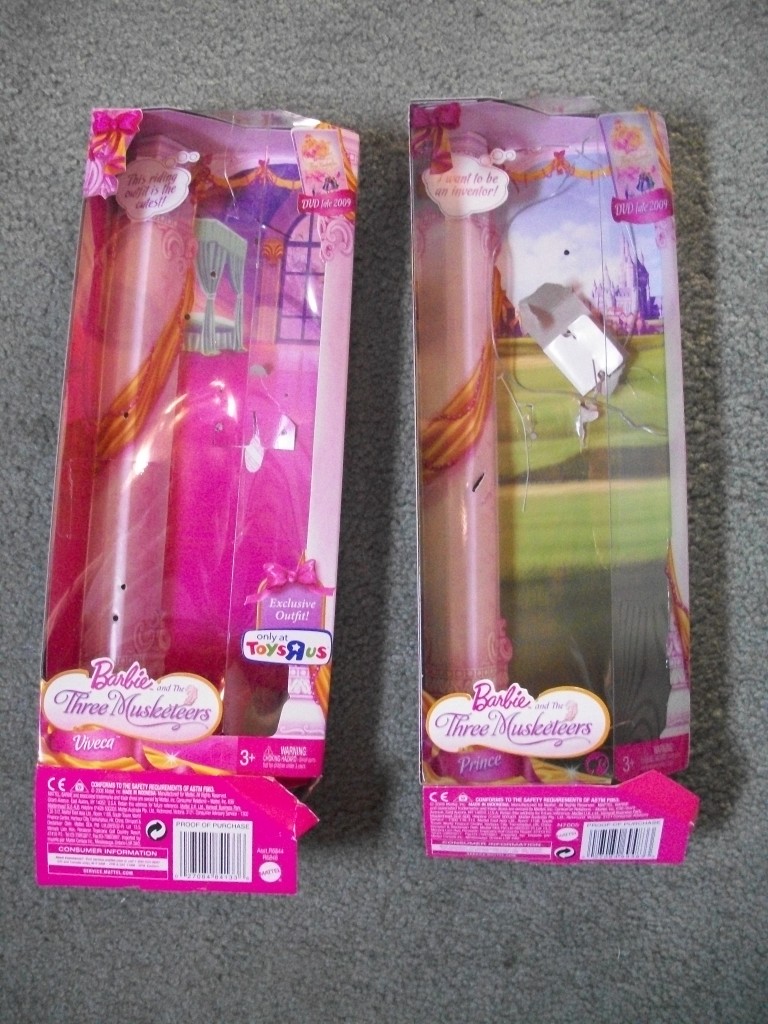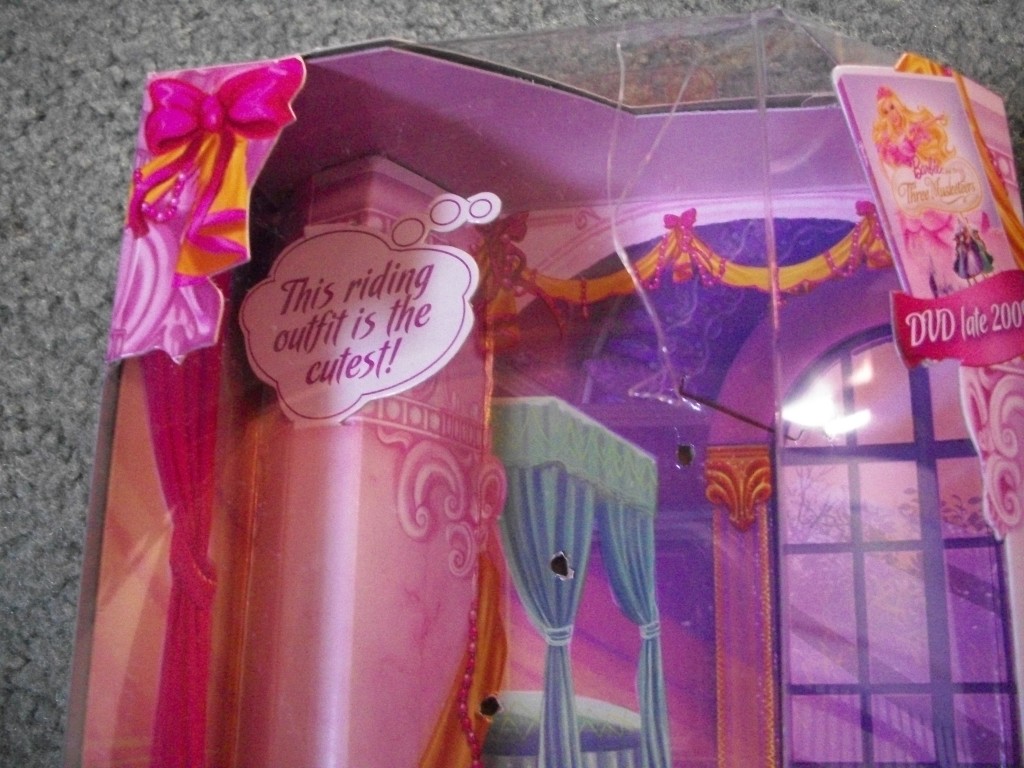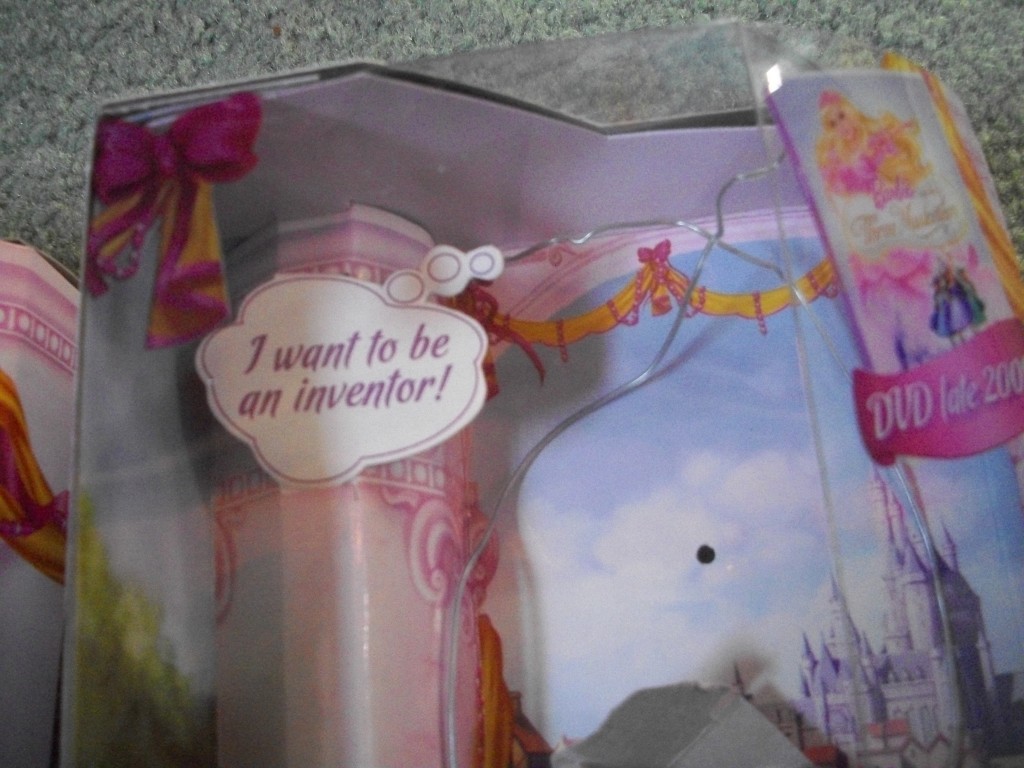I swore months ago to never post another Evony ad. I’ve seen so many, and the direction they’re going seems pretty clear.
But today I’m breaking my vow. I submit to you this screencap, taken by spinach, of an Evony pop-up ad featuring a faceless woman’s torso, obscuring the website spinach was viewing at the time: a biography of feminist poet/theorist Adrienne Rich.
A moment of silence, please.




